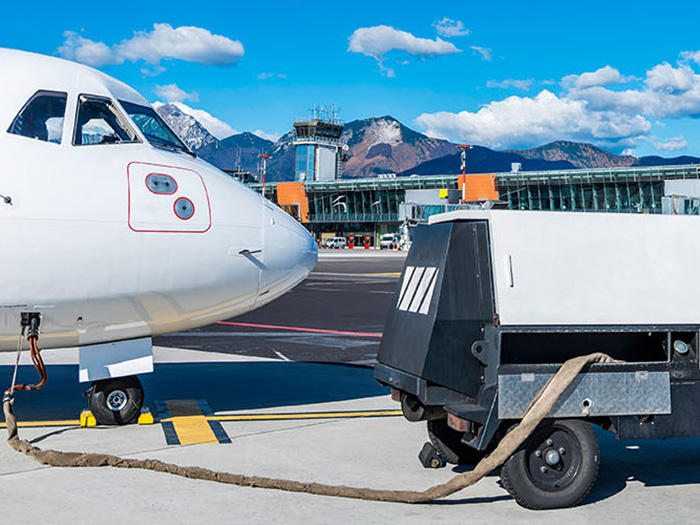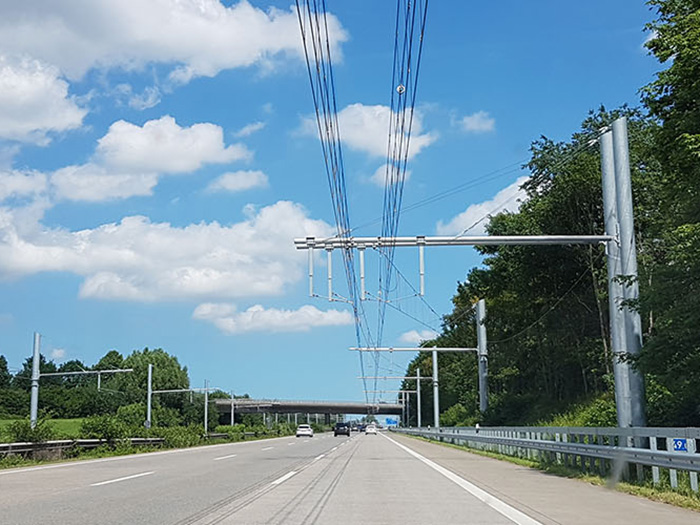Not only cars: why electricity is the future of all forms of transport
People have been using electricity to help them get around for about 200 years. It was spinning the axle of car wheels even before the ascent of internal combustion engines, and it powers trains and trams. As we enter a new era, experts suggest electricity will be increasingly widespread across all transport sectors.
Not too long ago, electricity tended to be associated in the field of transport primarily with trains, trams and trolleybuses. These modes of transport have recently been joined by electric cars, electric bicycles and other electrical solutions for individual mobility, such as e-scooters.
But it doesn’t end there. It will not be long before electric boats and aeroplanes become commonplace. Norway, for example, is getting rid of all combustion engines and wants to become the first country in the world capable of deploying electric aircraft for all short-haul flights by 2040.
Electric planes

Carriers have already planned the first test route for an electric plane with 19 seats. The Israeli start-up Eviation Aircraft is developing a plane with a flight range of up to 1,200 km and a flight speed of up to 450 km/h. The aeroplane can accommodate nine passengers and two pilots. If the 12-metre-long, 16-metre-wide aircraft passes its test flights, it will enter into commercial service in 2021. With a price tag of around 2 million euro, it will be able to compete with petrol models.
The cost of fuel, as well as the environment, is one of the reasons why giants of the aviation industry, such as Airbus and Boeing, are not falling behind in developing electric alternatives. Boeing, for example, is providing support to the start-up Zunum Aero, which is launching a 12-seater hybrid aircraft in 2022. Airbus, meanwhile, is working on an ultralight “urban” four-seater electric plane able to perform vertical take-offs and landings. Uber and the Czech start-up Zuri are also working on a similar project.
Electric trucks

Germany has opened the first motorway section where special trucks can recharge their batteries while driving. The 5-kilometre route near Frankfurt has been built to test the potential of so-called electric motorways. Trucks are connected to the power source with pantographs like those used for trains rising up from above the driver’s cab. The connection and disconnection process takes only a few seconds and, even at 90 km/h, can be performed easily by drivers.
A similar technology for trucks with hybrid drives is also being tested in Germany. Called eHighway, it has been installed between Weiterstadt and Mörfelden-Walldorf and was inspired by a Swedish system. The Scandinavian country opened a trolley-wire motorway section in June 2016. Trucks equipped with electric motors consume half the energy of conventional ones, and there is an 80 to 90 percent decrease in emissions.
Renewable energy for trains

Electricity is nothing new for the rail industry which has been using the resource for years. Now, the challenge of where to obtain it is being tackled.
For example, in the Netherlands the electric trains of local company NS have been powered exclusively by domestic, Belgian and Finnish wind farms since 2017. The Dutch electric trains carry more than half a million passengers a day, and their yearly consumption equals that of all households in Amsterdam.
Eco-friendly shipping

The waters of the Öresund Strait between Denmark and Sweden are being crossed by two new eco-friendly ferries. The Swedish company ForSea has converted the originally diesel vessels Aurora and Tycho Brahe to electric ones with batteries.
To date, these are the largest ships of their kind in the world to have undergone such a transformation. Both ferries can transport over 7 million passengers and 2 million vehicles a year on a route that takes 20 minutes. Batteries are recharged for 6 to 9 minutes whenever the boats are anchored.
Source: ŠKODA Auto
